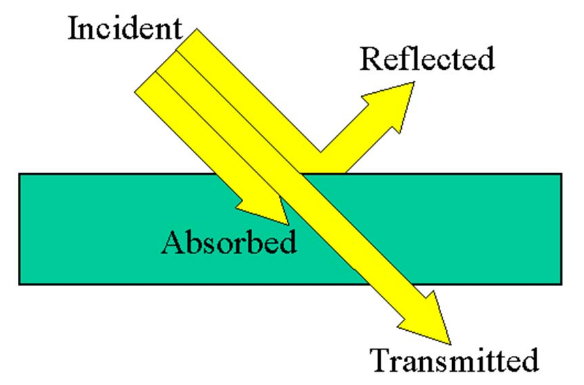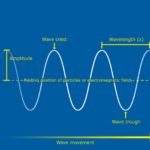Waves move energy through the Universe. As this energy moves, it often causes substances to vibrate or react in different ways. Especially when it comes into direct contact with an object or substance.
We can predict how energy will interact with objects based on the type of wave it is. There are three main types of waves that we will consider in this article: light waves, sound waves, and water waves.
Light waves are a type of electromagnetic radiation. This means they are made up of electric and magnetic fields that vibrate at different frequencies.visible light-the kind of light we see with our eyes-is just one kind of light wave. Other kinds of light waves include ultraviolet light, X-rays, and gamma rays.
Sound waves are pressure waves that travel through the air (or any other medium, such as water or solid objects). We hear sound when these waves cause our ear drums to vibrate.
Water waves are a type of mechanical wave. This means they require a medium to travel through, such as water or air. You’ve probably seen water waves before, at the beach or in a swimming pool.
Now that we know about the three main types of waves, let’s talk about how they interact with objects.
There are three main ways that waves can interact with objects: absorption, transmission, and reflection.
Absorption is when a wave is absorbed by an object. This usually happens when the wave hits a solid object, such as a wall or a piece of furniture. The energy from the wave is transferred to the object, and the wave is no longer visible.
Transmission is when a wave passes through an object. This can happen with all three types of waves. For example, light waves can pass through glass or water. And sound waves can pass through walls and doors.
Reflection is when a wave bounces off an object. This happens with all three types of waves. For example, when you talk, your voice reflects off the walls and ceiling in a room creating an echo. Or when you drop a stone into a pond, the water ripples reflect off the sides of the pond.
When waves reflect off an object or are absorbed by the object, we say that the object is opaque to the waves. This means the object is not transparent to the waves.
Transparent objects are ones that allow all waves to pass through them. For example, glass and air are transparent to visible light waves. But they are not transparent to X-rays or gamma rays.
Some objects are translucent. This means they only allow some types of waves to pass through them. For example, a piece of wax paper is translucent to visible light but not to X-rays. Translucent object distort the wave, so that the wave is scattered as it passes through the object. Such as how a foggy window allows light through, but the light is scattered and distorted. How how a wall allows sound through it, but it is difficult to understand the words, because they are muffled.
.






